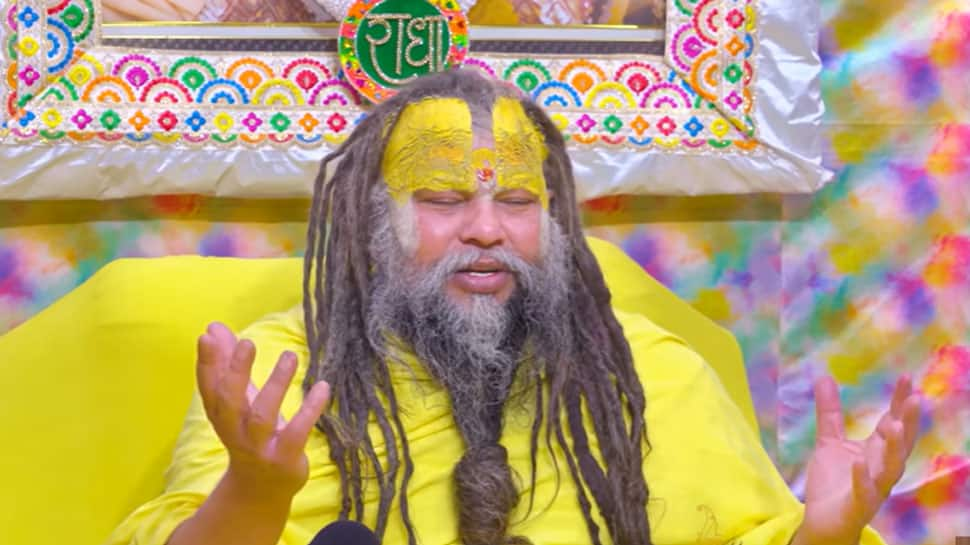The 56-year-old famous spiritual speaker Premanand Ji Maharaj is a well-known figure among masses and celebrities as well. From Anushka Sharma-Virat Kohli to Shilpa Shetty and Raj Kundra – many A-listers have been spotted visiting him at his Vrindavan Aashram. However, the spiritual guru is not in the prime of his health as he has often cited dealing with a serious kidney issue for which he regularly undergoes dialysis. According to several media reports, he is battling Polycystic Kidney Disease (PKD). It’s a genetic problem like basically, cysts keep popping up in his kidneys, slowly wrecking the way they work. A lot of people are worried about him, and honestly, his story is making more folks pay attention to these kinds of kidney diseases. Dr V Vaishnavi, Consultant Nephrologist & Transplant Physician, Asian Institute of Nephrology and Urology, Vizag explains what is PKD and what are the symptoms of Autosomal Dominant Polycystic Kidney Disease (ADPKD):
What Is Polycystic Kidney Disease (PKD)?
PKD is something you’re born with. Over the years, fluid-filled sacs (doctors call them cysts) start building up in your kidneys. These things take over, leaving less and less room for healthy tissue. The kidneys get bigger, but not in a good way and they lose their ability to filter waste and keep your body’s fluids in balance. Eventually, if things get bad enough, the kidneys just stop working.
The tricky part? PKD doesn’t show itself right away. It creeps in slowly. Some people don’t even realize they have it until they’re older and start noticing high blood pressure, pain in their back, or blood in their urine.
ALSO READ: Raj Kundra Offers His Kidney To Premanand Maharaj, Watch How Spiritual Guru Responded
Diving Deeper: Autosomal Dominant Polycystic Kidney Disease (ADPKD)
Doctors say he has ADPKD, the most common type of PKD. It all starts with a glitch in the PKD1 or PKD2 gene, and it runs in families. If your mom or dad, has it, you have a 50-50 shot of getting it too.
As the cysts grow and multiply, the kidneys swell up and eventually can’t do their job. That’s when things get serious, and patients need dialysis to stay alive.
How Does ADPKD Show Up?
Symptoms are a mixed bag, but some show up again and again:
– Pain in your back or sides
– Blood in your pee
– Constant urinary tract infections
– High blood pressure that just won’t go away
Sometimes, cysts start showing up in other organs like the liver, pancreas, or spleen. Rarely, people with ADPKD can get heart valve problems or even brain aneurysms. That’s why regular doctor visits matter so much.
Managing The Disease
There’s no cure for ADPKD yet. But catching it early and managing it well can slow things down. The main goals? Keep blood pressure in check, watch out for infections, drink enough fluids, and take meds that can help slow cyst growth. When the disease gets to its later stages, dialysis or a kidney transplant are the only real options.
Why Early Screening Is Important
Dr. Vaishnavi, a kidney specialist at AINU, says, “Families who have a history of cystic kidney disease need to get checked early. If you catch it in time and keep your blood pressure under control, you can put off kidney failure and live better.”
Premanand Ji Maharaj’s health struggles are a wake-up call. Genetic kidney diseases can sneak up on you, but if you stay alert and get checked regularly, you can manage them. Early action and steady medical care can turn a serious diagnosis into something you can live with.
(This article is meant for informational purposes only and must not be considered a substitute for advice provided by qualified medical professionals. Always seek the advice of your doctor with any questions about a medical condition.)

